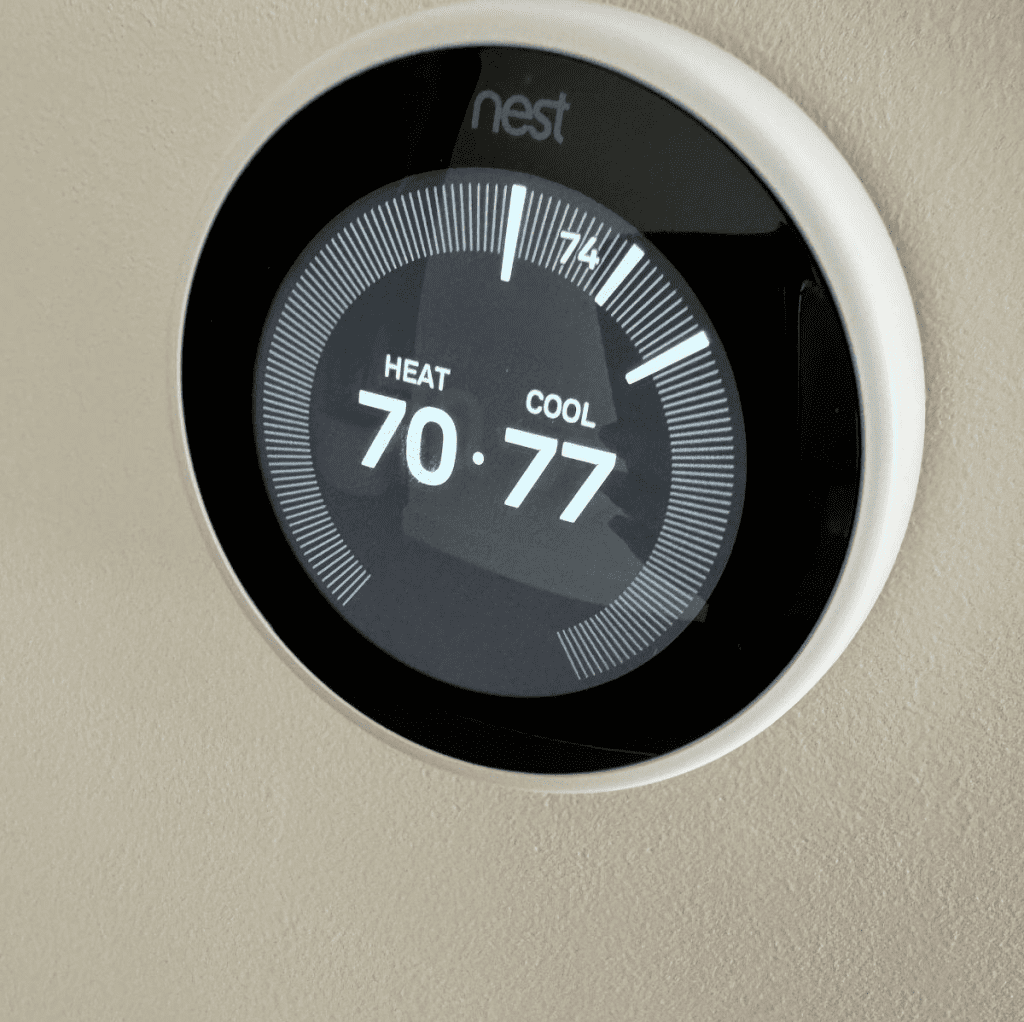As winter sets in and temperatures plummet, homeowners everywhere grapple with the age-old question: What’s the perfect thermostat setting to keep warm while keeping energy bills manageable? While the ideal temperature can vary depending on personal preferences, lifestyle, and household needs, some universal guidelines can help you strike the right balance between comfort and energy efficiency. Let’s dive into the key factors and practical tips to optimize your thermostat settings during the colder months.
Comfort vs. Energy Efficiency: Finding the Balance
The quest for the perfect thermostat setting boils down to a tug-of-war between staying cozy and cutting energy costs. The good news? You don’t have to sacrifice one for the other. By understanding how to adjust your thermostat strategically, you can keep warm without sending your energy bills through the roof.
The U.S. Department of Energy (DOE) recommends a middle ground: 68°F (20°C) during the daytime when you’re at home. It’s warm enough to stay comfortable while being energy-efficient. But there’s more to it than just a single number. Let’s explore specific scenarios and strategies.

Recommended Thermostat Settings for Winter
When You’re at Home
During the day, when you’re awake and active at home, 68°F (20°C) is the sweet spot for many. This temperature is a practical compromise that balances comfort with efficiency. If you feel chilly, instead of cranking up the heat, try layering up with warm clothing like sweaters and socks, which can make a noticeable difference.
When You’re Asleep
Lowering your thermostat by 10-15 degrees at night can lead to significant energy savings without sacrificing sleep quality. Aim for a setting between 55°F and 60°F (13-15°C). Research shows that cooler temperatures promote better sleep by helping your body regulate its natural temperature. Just make sure you have cozy blankets and a warm comforter to stay snug.
When You’re Away
If your house is empty for extended periods—whether you’re at work or away for the weekend—there’s no need to maintain a toasty temperature. Lower your thermostat to the 55-60°F range during these times. This prevents energy waste while ensuring your pipes don’t freeze.
Programmable and Smart Thermostats: Your Winter Ally
Automation for Efficiency
Programmable thermostats take the guesswork out of managing your home’s temperature. You can schedule temperature adjustments based on your routine, ensuring the heat kicks in when you need it and scales back when you don’t. For instance:
- Morning: Set the heat to warm up 30 minutes before you wake.
- Daytime: Lower the temperature while you’re at work.
- Evening: Raise it back to 68°F before you return home.
- Night: Drop it to a cooler setting during sleep.
Smart Thermostats for Advanced Control
Smart thermostats, like those from Nest or Ecobee, take things a step further. They learn your habits, adjust automatically, and allow remote control via your smartphone. These devices can optimize energy usage by monitoring weather conditions and adjusting heating schedules accordingly.
Zoning Systems: Customized Comfort
Not all rooms in your home are created equal. Some spaces, like bedrooms or living rooms, are used more frequently, while others, like basements or guest rooms, might sit empty. Zoning systems allow you to divide your home into separate heating zones, each with its own thermostat. This way, you can:
- Keep living areas warm and cozy.
- Lower the temperature in unused spaces to save energy.
Zoning offers targeted comfort and efficiency, especially for larger homes.
Don’t Overlook Humidity Control
Cold air holds less moisture, and winter often brings dry indoor conditions. Low humidity can make your home feel colder, even at the same temperature. Combat this by using a humidifier to maintain indoor humidity levels between 30-50%. Proper humidity not only improves comfort but can also reduce the need for higher thermostat settings.
Benefits of Adding Humidity:
- Air feels warmer at lower temperatures.
- Prevents dry skin and respiratory discomfort.
- Protects wood furniture and flooring from cracking.
The Power of Dressing for the Season
Sometimes, the simplest solutions are the most effective. Dressing warmly indoors can reduce your dependence on higher thermostat settings. Consider these tips:
- Layer Up: Sweaters, fleece-lined leggings, and thermal wear are your winter best friends.
- Cozy Accessories: Slippers and thick socks help keep your feet warm.
- Blankets and Throws: Keep throws handy in living spaces for extra warmth without turning up the heat.
By embracing seasonal clothing, you can stay comfortable even when your thermostat is set a few degrees lower.
Energy Savings by the Numbers
Lowering your thermostat by just 1 degree for eight hours a day can save up to 1% on your heating costs. Multiply that over an entire winter, and the savings add up quickly. Here’s a quick breakdown:
- Lowering the thermostat 10-15 degrees for 8 hours daily can save 10-15% on annual heating costs.
- Using programmable thermostats ensures these adjustments happen automatically, maximizing savings without sacrificing comfort.
Winter Thermostat Tips for Maximum Efficiency
- Use Curtains Wisely: Open curtains during the day to let sunlight naturally warm your home. Close them at night to trap heat.
- Seal Drafts: Check for air leaks around windows and doors. Use weather stripping or caulk to prevent warm air from escaping.
- Maintain Your HVAC System: Regularly clean or replace furnace filters to ensure efficient operation.
- Consider Insulation: Proper insulation in walls, attics, and floors keeps the heat inside, reducing the need for constant thermostat adjustments.
Conclusion: Stay Warm and Save Smart
Finding the ideal thermostat setting during winter doesn’t have to be a challenge. By aiming for 68°F when you’re home, lowering the temperature while you’re away or asleep, and leveraging tools like programmable thermostats and zoning systems, you can enjoy a cozy home without breaking the bank.
Remember, small adjustments—like adding a humidifier, sealing drafts, or layering up—can make a big difference in both comfort and energy savings. This winter, let your thermostat work smarter, not harder, and enjoy a season that’s both warm and wallet-friendly.


